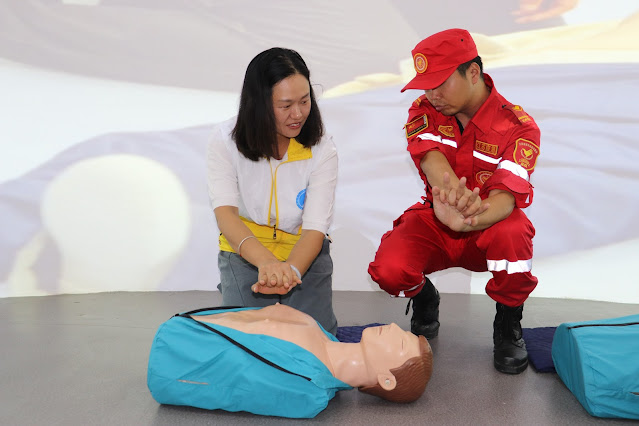ACLS vs. Basic Life Support: Making the Case for Advanced Training

When seconds count during a cardiac emergency, being prepared with the right skills can make all the difference. As a healthcare provider, having training in both Basic Life Support (BLS) and Advanced Cardiovascular Life Support (ACLS) enables you to effectively triage and manage life-threatening situations. While BLS provides a foundation for basic interventions like CPR and AED use, ACLS builds on this with advanced resuscitation protocols for specialized providers. Making the case for ACLS certification empowers you to save more lives. The Core Elements of BLS and ACLS BLS prioritizes the first few crucial minutes of providing care, focusing on immediately calling for help, starting CPR, using an AED, and relieving airway obstructions. As an essential first step, BLS measures like chest compressions and rescue breathing help oxygenate the body until the heart can be restored to its normal rhythm. While BLS targets basic assessment and intervention, ACLS prepares participants for a

